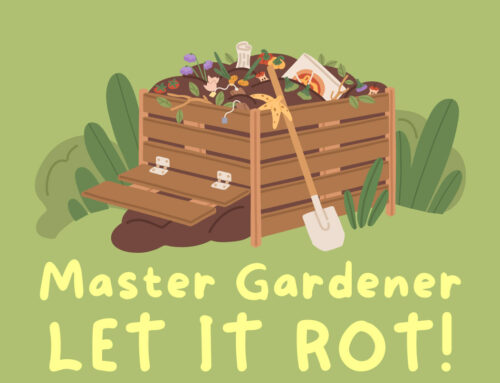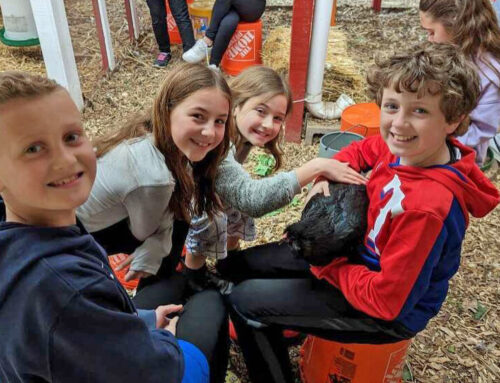Perhaps one of the biggest problems I see in my practice is excess body weight and the many associated maladies. This shouldn’t be much of a surprise, I suppose, since this condition is just as prevalent, if not more so, in the human population.
Like owner, like pet?
Obesity exists when the body weight of an individual (human or animal) exceeds their optimum by 15 percent or more – it’s not just a term for the extremely overweight. Some sources estimate a 44-percent obesity among our pets.
You veterinarian is really the best evaluator of your pet’s weight. Several techniques exist whereby one might assess a pet’s condition. For example, you may be aware of the “feeling over the ribs” method. These techniques are useful, but so many variations exist from pet to pet that they’re not always reliable.
The most common reason our pets become overweight is that they simply don’t get enough activity or exercise. While a one- or two-mile walk is more than many pets get, it’s not nearly enough for a medium to large dog.
Running and playing in the backyard are great activities, but like a busy day at the office, although calories are burned, it’s not the same as a good workout.
One of my pet peeves (pardon the pun) is the excessive caloric density of the pet foods on the market and the “ambitious” feeding recommendations made on the packages.
I wonder sometimes what animals they’re basing these feeding recommendations on – some hyperkinetic canine that pulls sleds all day in sub-zero weather?
It’s rare that the average dog or cat does well on the regular maintenance diets at the amounts indicated on these packages.
Adult pets maintain a healthier weight when fed an “adult lite” or “less active” food divided into two meals daily. I’ll often have a patient gradually switched over to an “adult lite diet” at the time of their spay or neuter, even if they’re less than a year of age.
Feeding dry foods has its advantages, too, in maintaining a healthier constitution. In addition to lending itself well as a meal to be left out all day for free choice access (ideal for the pet that is not an overeater), animals tend to consume less overall than they would with a canned diet.
Dogs and cats tend to consume less of a dry diet, which is something closer to what they need as opposed to eating as much as they can because it’s so yummy.
And all of us have been targeted by those puppy dog eyes when we’re at the dinner table or peering into the fridge. I can say that we should never feed our animals from our plates or empty out the leftovers into their food dishes – our food is not good for them, and it tends to spoil them so they won’t eat their regular ration.
But I know this behavior occurs, so I offer this compromise: Don’t feed your pet the pizza crust or the fat off a steak or any of the “garbage.”
What’s good for us is good for them. Most dogs would enjoy a piece of apple or steamed green bean as much as they would the less healthy treat. And believe it or not, I know many cats that go gaga over cantaloupe, which is much healthier than a spoonful of tuna.
So if you’ve gotta cheat, cheat healthy. Your precious friend will be around much longer to thank you for it!





